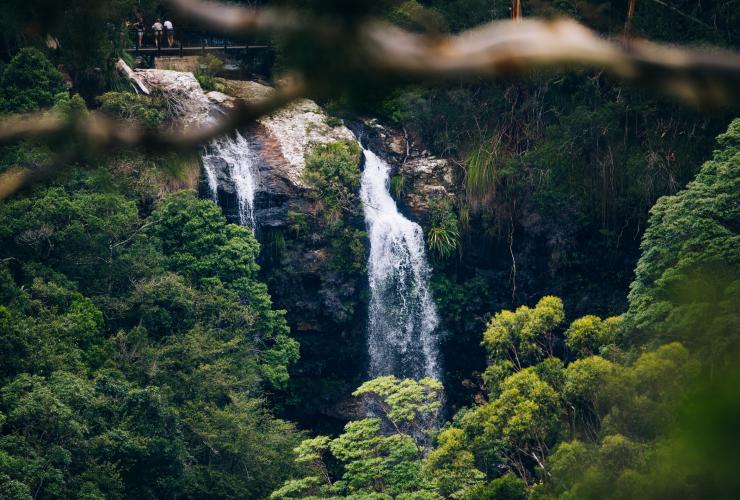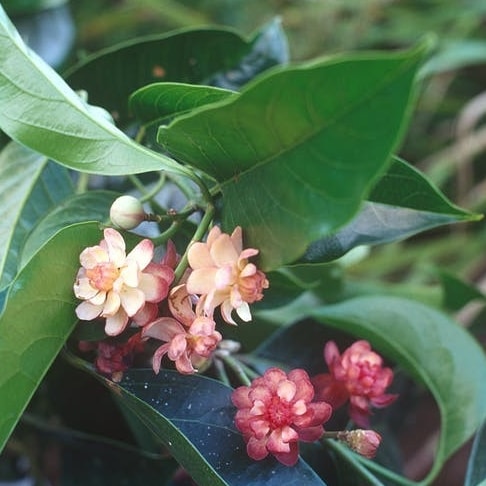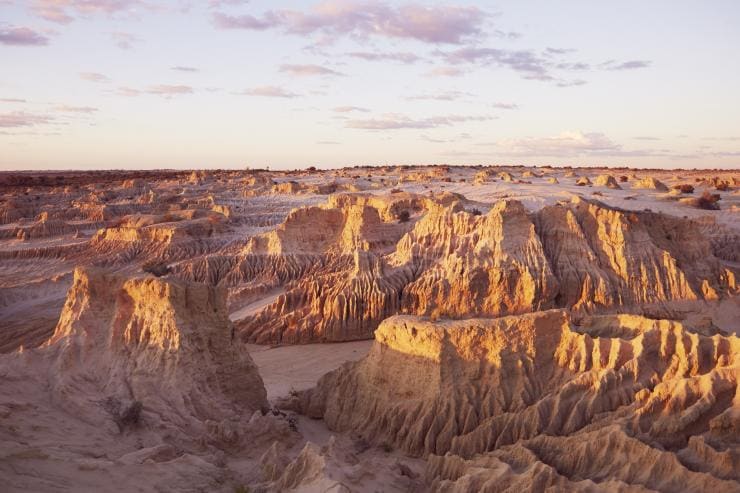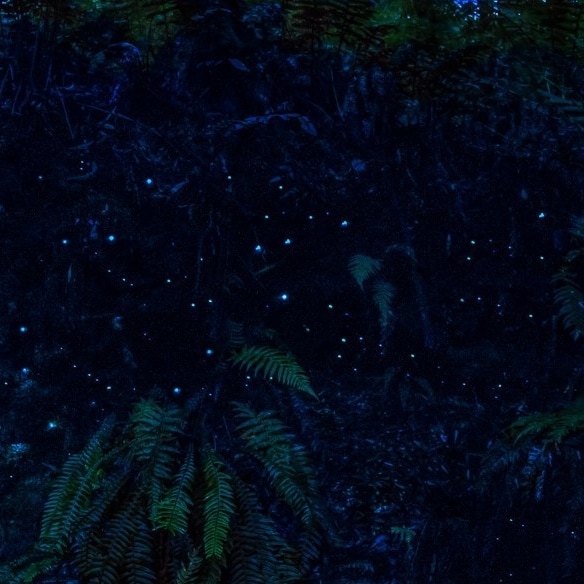
Mossman Gorge, Mossman, Queensland © Tourism and Events Queensland
A guide to Australia’s rainforests
What better way to get back to nature than under the lush green canopy of Australia's ancient rainforests.
By Amy Fraser and Lee Atkinson
From the 180-million-year-old Daintree Rainforest in the north of Queensland to the cool, misty temperate rainforests of Tasmania, Australia’s rainforests can be found right across the country. Encompassing UNESCO World Heritage areas and hundreds of national parks and reserves, these rainforests are home to an extraordinary variety of plants and animals, and are packed with spectacular waterfalls, idyllic swimming holes, breathtaking hiking trails, and much more. They might be wild, but exploring them is easy.
The rainforests of the Wet Tropics
Fun fact
The Daintree is home to the "idiot fruit" (also known as the green dinosaur), one of the world’s rarest and oldest flowering plants.

Where: The Daintree Rainforest sits between Cairns and Cooktown in the north of Queensland.
The world’s oldest rainforest, the Daintree is so beautiful and lush that it was the inspiration for the movie Avatar. World Heritage-listed for its biodiversity, it's home to 663 species of animal, 230 butterfly species, and more than 2,800 different types of plants – most of which are not found anywhere else. It's a great place to spot crocodiles as well as elusive species like the flightless cassowary, the tree kangaroo and the stunning Ulysses butterfly.
How to experience it: Take a walk with an Aboriginal guide and learn how they have utilised the forest’s riches for centuries at the Mossman Gorge Centre. If you’re keen to get wet you can even float through the rainforest on a river drift snorkelling adventure tour.
The Gondwana Rainforests of Queensland

Warrie Circuit, Springbrook National Park, Gold Coast, Queensland © Destination Gold Coast
Where: The Gondwana Rainforests of Queensland spreads across Lamington, Springbrook, Mount Barney and Main Range national parks.
If you’ve ever wondered what life was like 180 million years ago, pack your bags for a trip to the Gondwana Rainforests – you’re in for a treat. This World Heritage-listed rainforest system isn’t just a rainforest, but an ancient supercontinent that once took up around a fifth of the planet. Today, this ancient eco-system is where you’ll find endemic plants and animals dating back millions of years, including lyrebirds and bowerbirds, some of the world’s oldest species.
How to experience it: If you like hiking, walk through Springbrook or Lamington National Park with Rainforest Tours Australia to discover cascading waterfalls, breathtaking lookouts and the iconic Natural Bridge.
Barrington Tops National Park
Read next
A guide to Australia’s incredible World Heritage sites
Where: Barrington Tops National Park is located in the Barrington Coast region. It's about a three-hour drive from Sydney or a 1.5-hour drive from Port Stephens.
There aren’t many places in the world where you can see snow in the rainforest, but that’s just one of the drawcards of New South Wales’ Barrington Tops National Park, one of the 50 national parks comprising the Gondwana Rainforests. Visit this adventure-filled wilderness during June and August and your rainforest walking trail might just become a powdery white track. Well known for its array of bushwalks and with over 50 mammals, 278 birds and 42 reptiles to spot on your way, Barrington Tops makes for a great nature getaway.
How to experience it: If there's anywhere to be a little adventurous, it's here. Paddle down the park's scenic rivers with Barrington Outdoor Adventures and feast your eyes on the unspoilt wilderness of this World Heritage haven.
Otway Forests on the Great Ocean Road

Erskine Falls, Great Ocean Road, Victoria © Visit Victoria
Where: The Otways are a 2.5-hour drive from Melbourne on Victoria's Great Ocean Road.
Step away from your day-to-day worries and under the lush canopy of some of Australia's tallest rainforest in the dense and diverse Otways Ranges. On one side of this wildlife wonderland you'll find cascading waterfalls, treetop adventures and ancient plant life. But venture towards the sound of the waves and discover limestone cliffs and beautiful blue bays enveloped by green wilderness. It's not just the landscapes that make the Otways special, but the abundance of wildlife that call it home. Typically spotted residents include sleepy koalas, the elusive platypus and during the winter, southern right whales along the coast.
How to experience it: Soar above the forest floor on a zipline between the trees at Otway Fly Treetop Adventures. If you prefer your fun on two wheels, you’ll love the mountain bike trails around the township of Forrest.
Tasmanian Wilderness

Russell Falls, Mt Field National Park, Tasmania © Jason Charles Hill
Where: The Tasmanian Wilderness World Heritage Area spans across over seven national parks and reserves west of Hobart.
Covering almost a fifth of Tasmania, the wet, wild and largely untouched Tasmanian Wilderness World Heritage Area combines natural beauty with ancient culture. Its cool-climate rainforest is one of three remaining temperate wilderness areas in the Southern Hemisphere, known for its conservation of rare and endangered species of plants and animals – most of which are endemic to the region. Explore this pristine habitat and you'll not only stumble upon iconic wildlife, but ancient Aboriginal artefacts in limestones caves more than 20,000 years old.
How to experience it: Cruise through it on a Gordon River Cruise from Strahan on the west coast. Or hire a car and take a day trip from Hobart to Mount Field National Park to see the beautiful Russell Falls, one of the state’s most beloved picnic spots.


































































































































